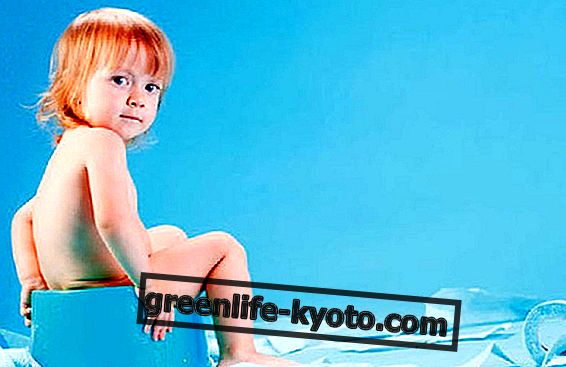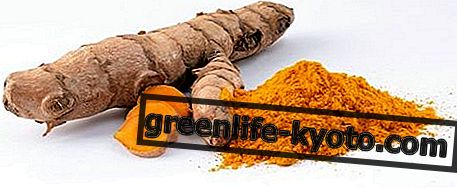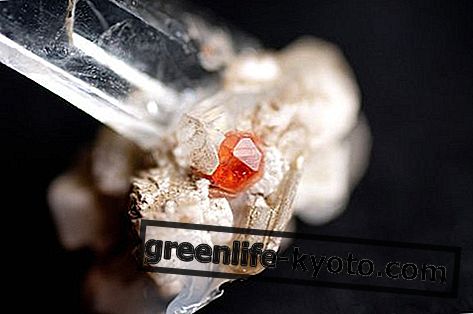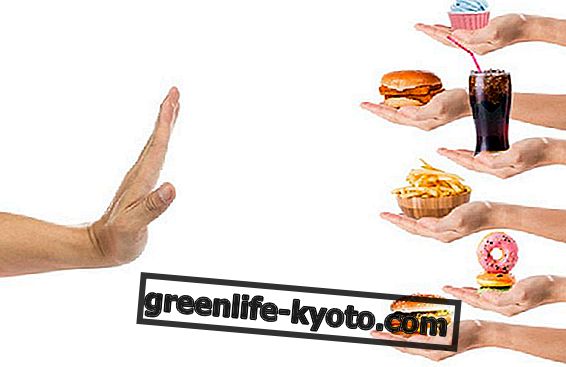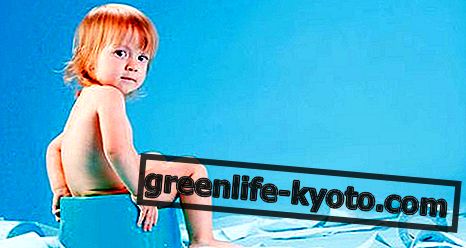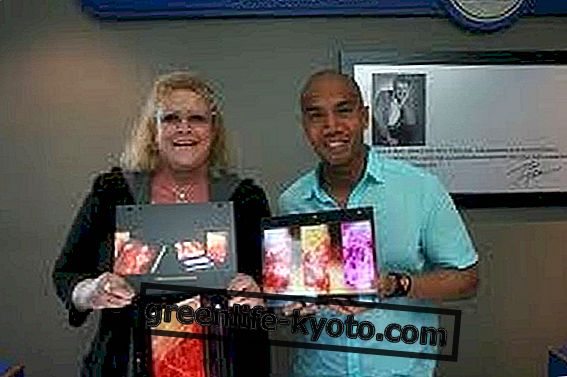
Let's start by saying that Leonardo was not a genius. I mean, it was, yes. But let's face it without putting the rest of the world on a lower step and thus avoiding putting ourselves there too. Leonardo was a genius in the sense of those who do not nourish poor thoughts, of those who are in the spiritual and practical dimension of doing and not suffering. We all have the divine inside, it emerges as we practice the repudiation of the "monsters" that push us to the complaint, to the closure with respect to the helping relationship, to the lie, to the attack and to what blocks the chakras on different levels. Remove the superfluous, go to the essence. This makes us geniuses.
"[...] And drawn by my longing desire, vague to see the great copy of the various and strange forms made by the artificial nature [...] (RWL Par. 1339, in Anthology of the Writings of Leonardo). Leonardo is preparing the Sforza monument, beaten by the hesitation caused by the threat of the unknown that had frequently blocked him, began to study proportions, anatomy and physiology, while contemporaries looked at him, judged him as one who took whims and alternates whims and erudite display, they do not see the utility, it happens, when someone sees it too clearly and at the service of that vision there is a genius that goes beyond generations and time.
We are in April 1489 when on a sheet of notes Leonardo reports in images and words the measurements of the body of Caravaggio and Trezzo. These anthropometric studies then compare them with the proportionate figure of Vitruvius, the only canon of the genus preserved from classical antiquity. Vitruvius, who lived between 80 and 20 BC, was a renowned engineer of the Roman imperial era; he described the measurements of the perfect human body and observed how harmoniously man could inscribe himself in the figure of a perfect circle and square.
L ' homo ad circulum or homo ad quadratum, or the Vitruvian man, who, taken up in several phases in the Renaissance, reaches his fame with the drawing of Leonardo (but we advise you to take a careful look also at the xylograph of the Milanese surveyor Cesare Cesariano). In anatomical manuscripts, the artist reveals himself for what he is: one of the most hungry researchers in the natural world of all times. We must remember that Leonardo proclaimed himself "homo without letters", having received a workshop training, entirely practical, from Andrea Verrocchio. There had been nothing scientific, nothing anthropometric. Here again something must be noted: talent must be allowed to emerge, beyond the personal and personal history of each one. In this current age we play the dangerous ballet of the individual detached from other human beings, and, wanting to give voice to the mere personality, we get to forget that we are really immersed together with other human beings like us; the revolution to be done has an inner nature and could exquisitely return to the outside, like a tree that bears fruit from which the birds eat. Being a tree is also inclement weather and climate change, even hunger and disease: all useful, very useful. In this context the artisan dimension must be enhanced more than others. Doing with hands. How can we not think of the poet Francesco d'Assisi, who in his will writes: "And I worked with my hands, as I want to work, and I want all the other friars to work honestly."
At the end of the eighties of the fifteenth century, Leonardo studied the measurements of the human skull, as well as the areas of the brain . There were yes the medieval conceptions (wrong, we would say, but perhaps better to say suitable at that time), and it is on the basis of what Leonardo identifies the "common sense". In summary it was the point of union of the "commands" that depart from the brain. Leonardo studied it trying to apply the anthropometric principles also to the skull, still little studied empirically at the time. In his illustrations he identifies the three "chambers" aligned as big as the shell of a walnut: the first, which contains the impressions, "imprensive", the second, which is the "common sense", the third the "memory".
The representations of the sexual act, the so-called "coitus" drawings, should not be overlooked. From the woman's breasts this channel develops that reaches the uterus, while in humans there is a direct connection between the testicles, lungs and spinal cord and through this with the brain. Eran dated conceptions of anatomy, which Leonardo himself, from when he started working with corpses, questioned.
"Afterwards he awaited, but with greater care, the natomia of the men [..] whom he himself flayed, and with great diligence portrayed; where he made all the frameworks and then joined all the nerves and covers of muscles in order, the first stuck to the bone, and the second ones containing the retainer, and the third ones that move, and in those apart from ugly characters he wrote letters that are made with the left-handed backhand: and those who have no practice in reading do not means, because they do not read except with the mirror. " (Giorgio Vasari, 1568).
Leonardo was convinced that there was an intimate relationship between the internal organs. If we look closely at the drawings of coitus we understand that there is a basic theory that not only sperm is needed in reproduction but also a substance of a spiritual nature. The origin of this substance? The soul . If this contains the higher spiritual faculties, the sperm governed by the testicles is responsible for the most earthly impulses, not only linked to the union with other beings, but also to qualities such as courage in battle. Leonardo also studies the production of tear fluid and identifies a very close bond with the heart (it is interesting that in Traditional Chinese Medicine similar matches are found, for example in the Lungs home of Memory).
This physiology is intriguing in that it postulates a direct and mechanical influence of the soul's processes on the body. Leonardo understood that the faculty is only the first, that the senses are only a phase that has the function of pure transmission. Impressions are judged by common sense, to be then introduced into the memory. There they remain alive, depending on the importance that the individual gives. In the usual sense, Leonardo also identifies the expression of states of mind, in that the non-verbal communication vehicles, such as gestures, attitudes and facial expressions, are subjected to the influence of this function through nerves, tendons and muscles. And this paves the way for sketches for the Battle of Anghiari, for example. Let us not forget that Leonardo was struck by the "muscular rhetoric" of Michelangelo, a young rival, who was soon successful. The anatomical studies of the leg musculature compared to that of the horse, the study of naked soldiers highlight the passion for the motor apparatus and the deep investigation on all aspects of the human body.
We are rich, we have a wonderful repertoire: go and see the studies of heads, layers of brain and skin, physiognomic manuscripts, grotesque portraits.
We care about Nietzsche's thought: "[...] then emerge those mysterious, incomprehensible and unpredictable individuals, those enigmas predestined for seduction and victory, whose best expressions are Alcibiades and Caesar [...], and among the artists perhaps Leonardo da Vinci ". Use the plural, Nietzsche. To this we add the idea of doors that open and can open for each. Not with a desire to flatten what is actually special, but with an intention of awakening that many can inhabit.
SEE ALSO
The whole body in a 3D radiograph
To the (re) discovery of one's inner energy


